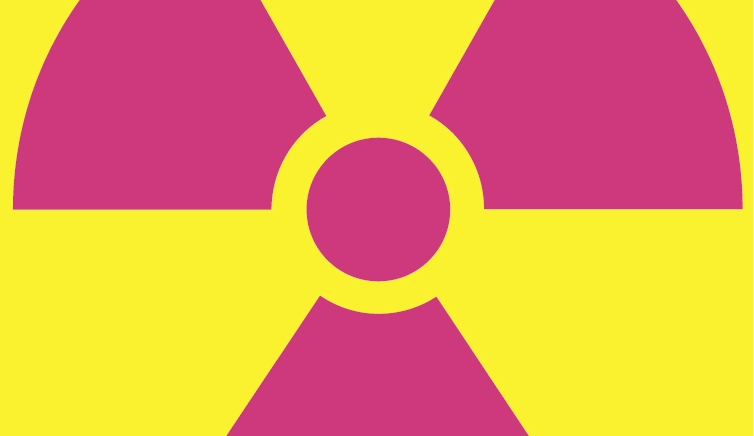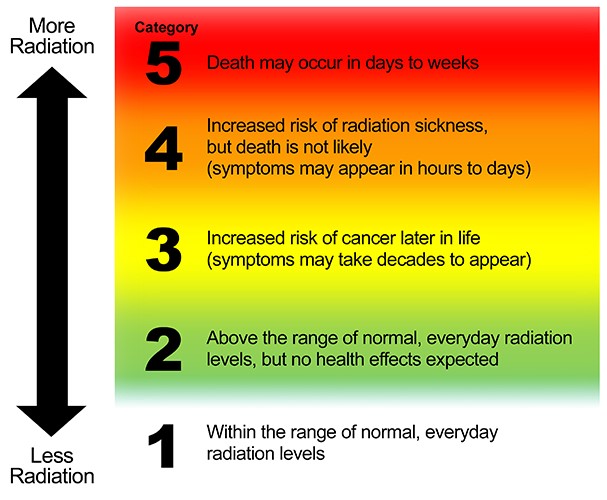
Rachel Staley Grant
Deputy Vice President, Communications
Atomic Pulse
It’s
storm season, and the local TV meteorologist is warning that the storm just off
the coast is a Category 5 hurricane. We immediately know what that means: get
to safety, we’re in for a big one. But what if Mother Nature wasn’t the
culprit? What if the threat to you and your family was the result of an attack
or an accident that caused the release of hazardous levels of radiation? The danger
would be invisible – but very real.
The
Centers for Disease Control and Prevention
(CDC) has developed a Radiation
Hazard Scale to help communicate the immediate potential impact in the
event of a radiation emergency. Until now, public health officials and
emergency responders haven’t had a tool like the Saffir-Simpson Hurricane Wind Scale
(the official name of the well-known hurricane category scale!) to communicate the
effects of a radiological incident.
Back in 2011, the Fukushima Diiachi nuclear power plant accident was given a rating of 7 (“major accident”) on the 7-point International Nuclear Event Scale (INES), a scale developed by the International Atomic Energy Agency to rate the severity of an event. The new CDC Radiation Hazard Scale complements the INES scale by rating the radiation impact and risk to people depending on their proximity to a release. Had the CDC scale been available in 2011, environmental scientists and radiation safety experts could have used it to let emergency responders at the Fukushima plant know that the radiation hazard was a category 4 or 5, and they could have shared the information with area residents. At the same time, residents 240 km (150 miles) away in Tokyo could have been told to expect a category 2 radiation hazard.
The
CDC hopes the Radiation
Hazard Scale will assist emergency responders and public health officials to
better educate the public on their risk for health effects from a radiological
emergency, as well as encourage the use of recommended protective actions if
necessary.
“We commend the CDC
for the development of this very important communication tool in the event of a
radiation emergency,” said NTI’s Vice President for Material Security and
Minimization Andrew Bieniawski. “This tool provides a much needed and very
useful radiation hazard scale to better inform the public in the event of
radiation emergency, including in the event a potential radiological dirty
bomb.”
NTI’s
work on radiological security aims to raise awareness and reduce the threat of
dirty bombs and radiological incidents through securing dangerous materials
that are vulnerable to accident or theft. To learn more about NTI’s work on radiological
security, read NTI’s Radiological
Security Progress Report.
Sign up for our newsletter to get the latest on nuclear and biological threats.
Gigi Murakami is an American freelance illustrator and manga (comic) creator based in Brooklyn, New York. Her work blends Japanese manga art and vintage American comic and pulp aesthetics.
Eugenia Zoloto is a Ukrainian artist who specializes in paper cutting, collages, and illustrations, in addition to working with oil paints and mixed mediums. She lives in Kyiv with her husband and two children and is participating in the 2023 #CranesForOurFuture campaign by contributing a beautiful floral sculpture featuring an origami crane.
Considering the current nuclear landscape, the power of Christopher Nolan’s film and the moral and ethical questions raised by J. Robert Oppenheimer’s work, movie viewers may be motivated to act to advocate for a world without nuclear weapons. But how?




